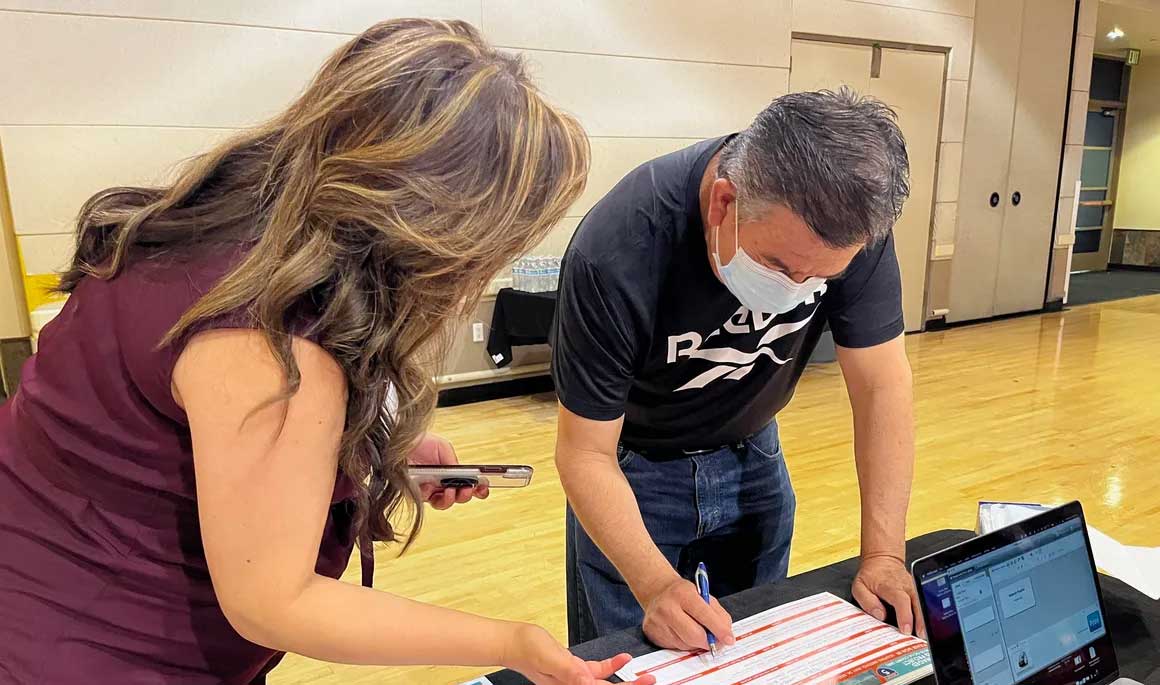 Caltrans is proposing to address operational deficiencies related to high-occupancy-vehicle (HOV) degradation on I-5 between Red Hill Avenue and the Orange/Los Angeles County Line in both northbound and southbound directions through studies of alternatives that include Price Managed Lanes strategies, known as the I-5 Managed Lanes project.
Caltrans is proposing to address operational deficiencies related to high-occupancy-vehicle (HOV) degradation on I-5 between Red Hill Avenue and the Orange/Los Angeles County Line in both northbound and southbound directions through studies of alternatives that include Price Managed Lanes strategies, known as the I-5 Managed Lanes project.
CPOG is working with Caltrans on all strategies and tactics associated with public engagement and outreach to ensure an inclusive process of reaching and engaging a diverse set of stakeholders, including early outreach to potentially affected parties that have been historically underrepresented, vulnerable communities and the general public.
CPOG is developing and facilitating outreach to support the successful preparation and finalization of the Draft Environmental Document (draft Environmental Impact Report (EIR)/ Environmental Assessment (EA)) and the Final Environmental Document (final EIR/EA with Finding of No Significant Impact (FONSI), pursuant to CEQA/NEPA. As such, CPOG is developing a tailored public outreach
approach to solicit feedback including developing a Strategic Communications Plan/Public Awareness Campaign (PAC). The PAC considers the history, needs, preferences, concerns, benefits, and languages of the respective communities in the study area in accordance with CEQA/NEPA guidelines. CPOG included strategies to identify non-english speaking communities and potential outreach efforts, generate widespread awareness, understanding, and confidence among environmental justice communities, motorists, cities, businesses, interest groups, first responders, elected officials, and community stakeholders.
Additional activities include establishing a stakeholder database to be used to establish contact withinterested parties, explain the proposed project and encourage participation during the scoping process, public circulation period, including attendance and participation at the scoping and/or public hearing(s); coordinating the notification logistics of a Notice of Preparation which includes securing newspaper advertisements; distributing bilingual postcard mailers to property owners along the 16-mile corridor; drafting a social media editorial calendar inclusive of geofence advertising and developing web content for Caltrans’ dot.gov domain as well as an interactive external ArcGIS website. As well as all materials preparation including collaterals to support Scoping meeting, focused meetings, public hearings/meetings including print, electronic, and interactive versions. All collaterals were developed in other languages as needed and reproduced in acceptable formats for individuals with special needs.
CPOG hosted both an in-person and virtual scoping meeting. Due to the nature of the large corridor and diverse populations and variety of cities; CPOG recommended a hybrid approach. The in-person public scoping meeting was an open house style meeting with exhibits staffed by project team members. In-person visitors were able to register for updates, receive fact sheets and talk one-on-one to project representatives. To accommodate the high-volume of commuters throughout the project corridor, the virtual public scoping meeting used the Zoom Webinar platform, allowing participation from a broader range of stakeholders who otherwise may not want or be able to attend an in- person meeting. The virtual scoping meeting featured a presentation and participants joining the webinar live watched the live presentation and submitted questions and comments that were addressed during and after the meeting.
Participants had the option to access the presentation/virtual scoping meeting in English or Spanish via Zoom on their computers or mobile devices and CPOG provided a call-in number for members of the public with a landline. All presentation materials were translated into Spanish live during the Zoom presentation and related meeting materials were made available in Spanish on the project website. A court reporter was also present to record official comments from participants.